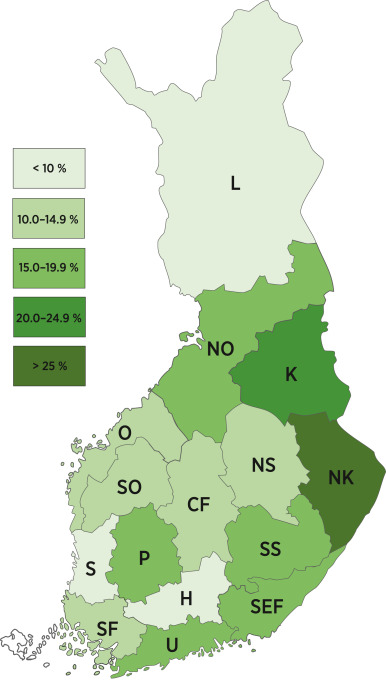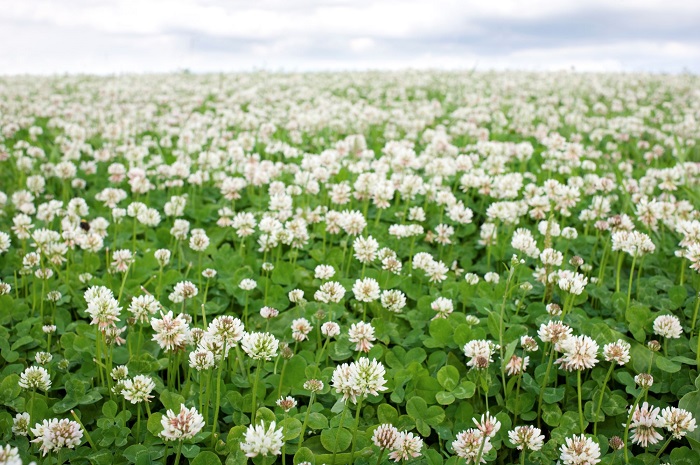Organic crops are grown everywhere in Finland, but there are significant differences in the number of organic fields between regions. A recent study identified certain factors that explain the regional differences.
Organic production has grown steadily in Finland. Its share was 14 per cent in 2020. Its share in Eastern Finland is significantly higher, at 15–25%. North Karelia is the only region with an area share of more than 25 per cent. In Western Finland, the share of organic production is under 15 per cent.
“Identifying the reasons behind these differences is important for the correct allocation of measures for growing the organic business,” says University of Helsinki’s Ruralia Institute’s doctoral researcher Susanna Kujala.
Various factors to explain regional differences
The regions with more organic production in Finland share long traditions of organic production, a propensity for dairy production, and the importance of related subsidies, among other things. Other factors include larger than average farm sizes, as well as a higher than average variety of the market.
“Lower shares of organic production are explained by a higher share of crop farming, the lower importance of organic subsidies for organic transition and the lack of a long-standing organic farming tradition in the region,” says Susanna Kujala.

Both subsidies and market actions are required
The EU has carried out work to promote sustainability in food systems and the development of rural regions by promoting organic production. In Finland, the target was for the share of organic production-approved fields to be 20 per cent of all fields by 2020. While organic production grew steadily, the target was not achieved. The new target is to grow the share of organic production to 25 per cent by 2030.
“To achieve the growth targets for organic production, it is important to carry out various measures that promote organic production. In some regions, subsidies are an excellent incentive for organic transition; in others, developments in the market situation have a greater effect. In other regions, the effect of education or the example set by active organic operators may yield the best results. Our country’s regions differ in various ways, making it natural to conclude that different factors influence the development of organic production in different regions. The regional differences are likely to be even more noticeable at the municipality level, which will be an interesting and important topic for further study,” Susanna Kujala emphasises.
The purpose of this study was to identify factors that influence the significant regional differences in organic production. To gain as varied an overview as possible, we used the results of a survey that was sent to organic producers, the existing literature and official statistics, which were observed using qualitative comparative analysis (QCA).
Original research paper:
Kujala, S., Hakala, O., & Viitaharju, L. (2022). Factors affecting the regional distribution of organic farming. Journal of Rural Studies, 92, 226-236. https://doi.org/10.1016/j.jrurstud.2022.04.001
The study received funding from the Finnish Cultural Foundation and the Academy of Finland, and the survey used in the study received funding from the Ministry of Agriculture and Forestry and the Finnish Organic Research Institute.
Text: Susanna Kujala, Outi Hakala and Leena Viitaharju, University of Helsinki, Ruralia Institute
